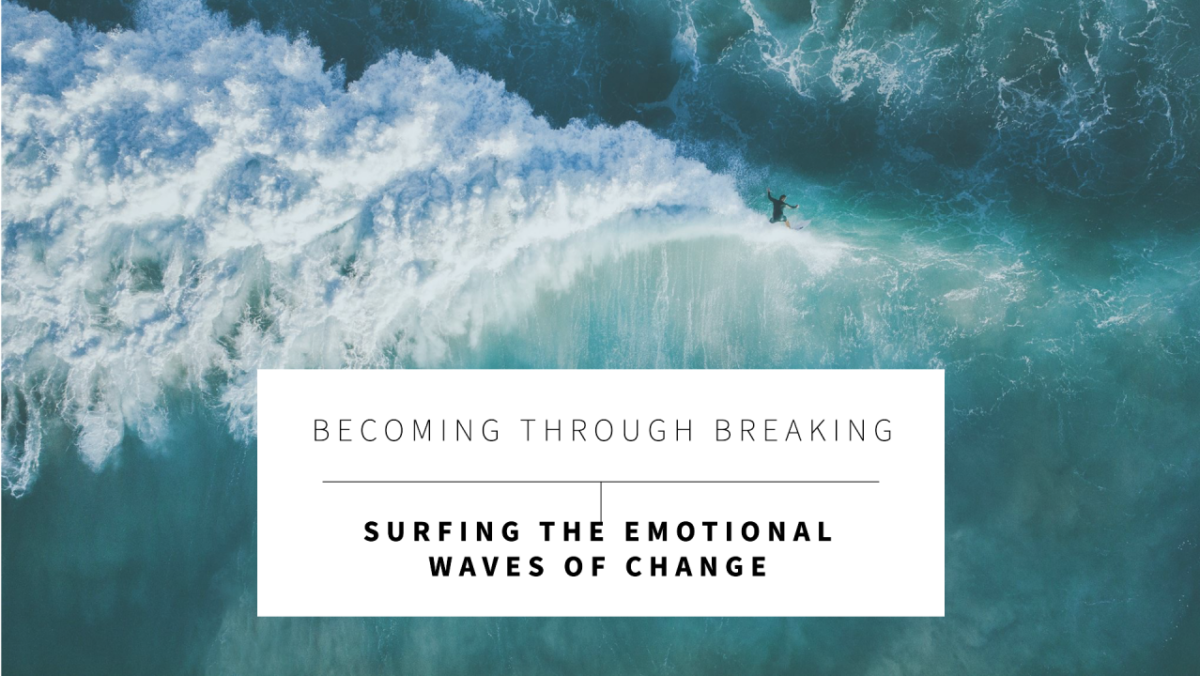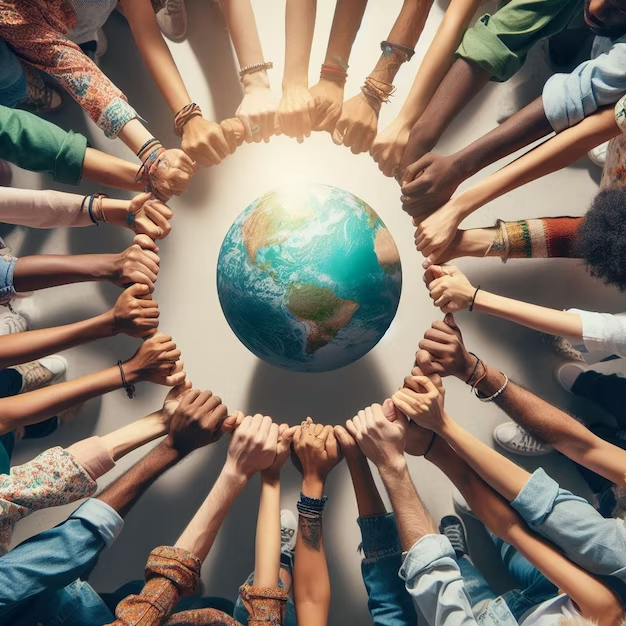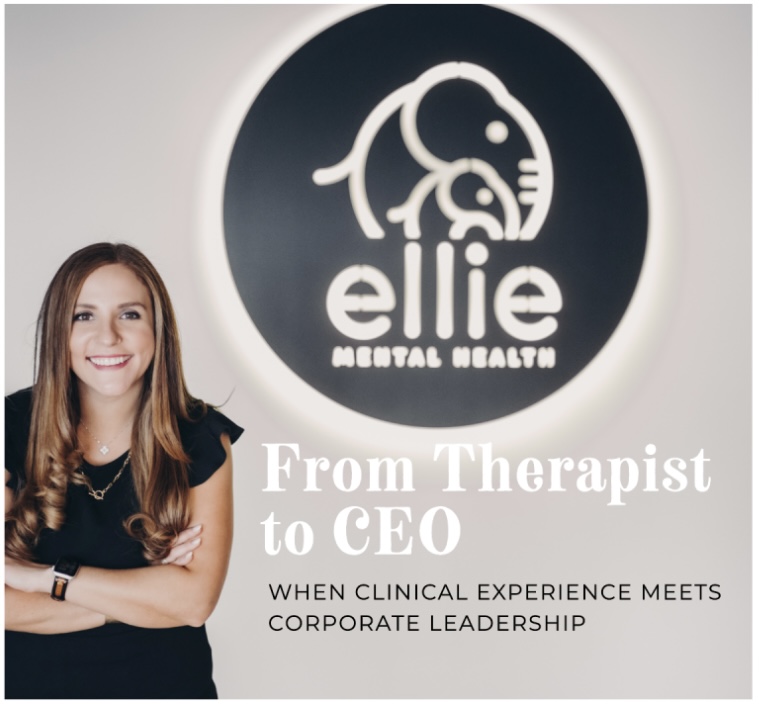My children recently shared a piece of wisdom that struck me deeply: when you start attracting haters, it means you’ve accomplished something significant enough to make many people proud while triggering strong emotional reactions in others. There’s profound truth in that observation.
Everyone’s Experience is Valid
I want to acknowledge something important: some of my critics have legitimate reasons for their feelings toward me. Perhaps I had to make the difficult decision to let them go from a position. Maybe I reported concerning behavior to a licensing board. In some cases, I denied a promotion or simply expressed an opinion they strongly disagreed with.
I have the courage to admit that I’ve made mistakes along my journey. I’ve hurt people in my pursuit of success, sometimes unknowingly and sometimes through necessary but painful decisions. For those hurts, I sincerely apologize. Growth requires accountability, and I own my missteps.
The Delusion of Distant Judgment
Then there are those critics who fall victim to their own naïveté. They express hostility, often publicly, because they’ve convinced themselves they understand everything about me—my decisions, my life, my motivations—when in reality, they couldn’t be further from the truth.
There’s something inherently delusional about harboring hatred for someone you’ve never even met. How can you possibly know the full context of another person’s choices? This realization has given me tremendous perspective about judging others and reinforced that powerful adage: “Everyone is fighting a battle you know nothing about, so just be kind.”
In our current culture, we’ve lost the benefit of the doubt. We’ve replaced curiosity with certainty, questions with accusations, and understanding with judgment.
Breaking the “Rise Above” Rule
A few months ago, I broke the cardinal rule of “never engage with haters” when I addressed some critics in a Facebook group. Everyone says, “Rise above, don’t interact.” But honestly? It was cathartic to correct misconceptions and introduce some truth into the conversation.
The most surprising outcome wasn’t the conflict that many predicted but transformation. What began as unprofessional criticism evolved into a thoughtful conversation about differing perspectives. Later, my inbox filled with messages of support—from silent cheerleaders and even from those who admitted they had transformed their jealousy of my success into inspiration for their own journey.
The Root of Hatred
I’ve come to understand that many haters simply haven’t evolved to a place of self-love where they can accept that not everything another person does is meant to harm them, even when it feels that way. Their reaction often reveals more about their wounds than my actions.
I often wonder: Why choose to troll the internet when you could channel that energy into creating positive change? Energy is finite. We all have the same 24 hours, the same limited emotional reserves.
Choosing a Different Path
I choose to use my energy to lift others up, to stay curious by asking questions about things I don’t understand, and to always—and I mean always—choose kindness.
This isn’t about being perfect. It’s about understanding that the path to growth is paved with both cheerleaders and critics. To my haters: thank you for the lessons. To my supporters: thank you for the love. And to everyone in between: I invite you to join me in choosing curiosity over judgment, conversation over condemnation, and kindness above all else.
Here’s my toast: to growth, to truth, and to the beautiful complexity of human connection—even when it’s uncomfortable.













